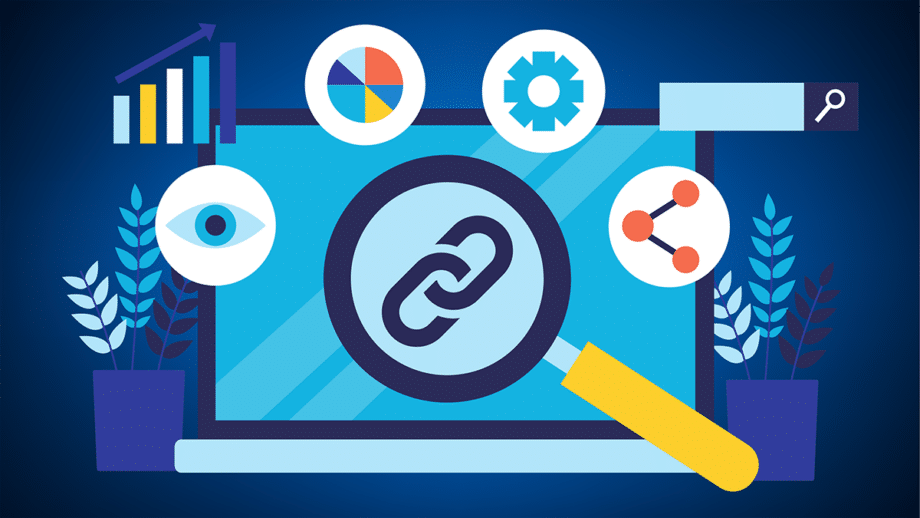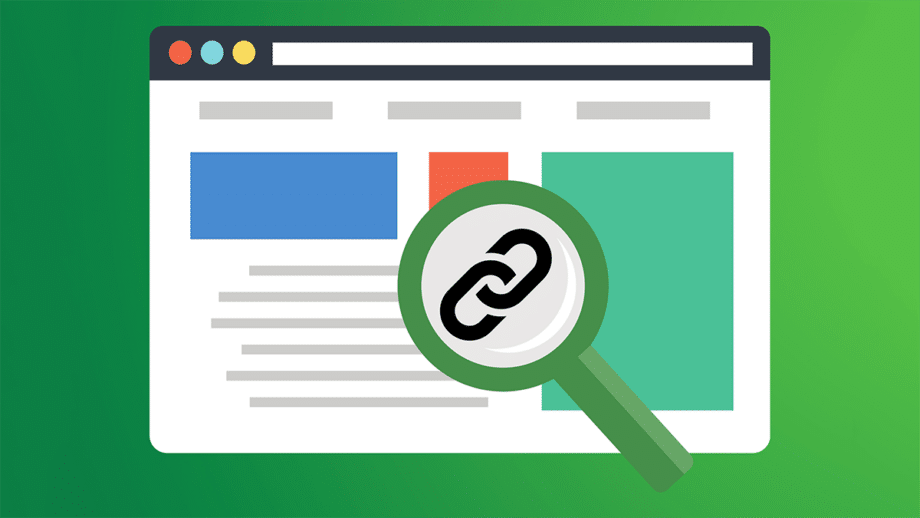Website organization is the way your material is arranged on your website so that both users and search engines can easily navigate its pages. The fundamental component determines how the site’s pages are connected and how information is dispersed. Good website architecture makes it more crawlable by search engines and helps you understand how individual pages relate to one another, an essential component of search engine ranking. The foundation of SEO is a logically organized site where content is readily discoverable and indexed.
On the other hand, an unstructured site can trick search engines into not knowing where to look and index pages, undermining your SEO performance. Success is based on your site being logical, discoverable, and search engine-friendly.
Key Features of Website Hierarchy for SEO

- Crawlability: Enabling search engines to crawl and index all the required pages. If your website is poorly crawlable, search engines might miss essential pages, and your website would not be as prominent in search results.
- Hierarchy: Content is presented in a rational, easily readable hierarchy with major pages near the top. Topical topics near the head of the hierarchy tend to be the first, and then progressively more specialized content falls under them.
- URL Structure: Designing short, descriptive URLs that describe the site’s content and organization. A well-organized and simplified URL structure enhances user navigation for the site and facilitates search engine crawling and indexing for better overall SEO.
- Internal Linking: Utilizing site links to build page connections and distribute link equity. Internal links assist search engines in determining the relative importance of pages and facilitate more straightforward navigation for users.
Building a structured site structure for SEO success including a logical foundation is the first step in developing a website’s structure. An organized website is easier for visitors and helps search engine spiders crawl and index.
Constructing a Logical Content Hierarchy

Your home page must be hierarchically organized before assigning relative importance to various content. Your home page must be your anchor page, and category and subcategory pages branch off it. Think of your site as a pyramid: the tip of the pyramid is the home page, and the top-level content and topics are at the tip. The content becomes increasingly specialized as you descend the hierarchy.
For instance, the home page of a website that deals with electronics would be redirected to the Laptops, Smartphones, and Accessories subcategories. Subcategory pages would have subcategories and product pages. The simple structure keeps away clutter and makes navigation for the user and search engines easy to understand, as well as the page hierarchy and easy flow through the content.
User Experience and SEO: A Symbiotic Relationship

You should also take into account user experience (UX) in designing your website. Good user experience keeps people on your site longer and tells search engines that your website provides quality content. A clean, simple, and well-designed site will organically result in better engagement metrics like longer session time and reduced bounce rate, and be SEO-friendly.
A structured website architecture facilitates the search engines and users to locate what they seek easily, avoiding frustration for the users and causing them to click away. In SEO, this site does not optimize for only user experience but also crawlability by search engines.
Navigation Design for SEO Improvement

Navigation is one of the core elements of effective web design, guiding users effortlessly while strengthening your site’s SEO value.
Main Navigation Menus and SEO
Users should be able to access your most relevant site pages using your top-level menu navigation. The menu should also be neat and orderly, with categories and subcategories, to help consumers locate materials quickly. A long or excessively complex navigation menu may confuse users, and search engines may find it challenging to comprehend the site’s structure.
Breadcrumbs for SEO and Easy Navigation
Breadcrumb navigation is yet another great innovation for search engines and users. It informs users where they are on the site and gives them easy access to parent pages. Breadcrumbs enable search engines to determine content hierarchy and focus link equity across the site. Breadcrumbs can even be shown in search results, giving extra information to users on the page.
Mobile-Friendly Navigation
With this mobile-first generation, making sure your website is mobile-friendly is extremely basic. Mobile-friendliness makes your site available to visit on any device, ranging from a computer to a mobile phone. If your site does not perform well on mobile, it will hurt your rankings.
The Role of Internal Linking in SEO Results

Internal linking tends to be overlooked in the umbrella category of site organization, but it can play an important role in your SEO performance. Having appropriate internal linking signifies giving yourself permission to direct people and search engines to the relevant pages on your site.
Distributing Link Equity
Internal linking helps spread link equity (the value passed from one page to another) across your website. Pages become well-linked and can transfer link equity to other pages and rank accordingly. For example, a product page that links to a blog post can transfer some of its link equity to a post that ranks higher.
Doubling Crawl Efficiency
Internal linking also assists you in making your site search engine-friendly. Internal linking of the top pages of your site from different sections helps you make the pages visible to the search engines and index them within a reasonable timeframe. Internally linked pages that are fewer in number will be more difficult to find, and therefore, they will get lost in the search engines.
Optimizing Anchor Text
When making internal links, remember to place descriptive anchor text that briefly outlines the content on the linking page. The anchor text will significantly contribute to SEO since it serves as a search engine cue while determining the linking page’s context.
Optimize URLs for SEO

URLs are yet another web design space that will have a direct influence on your search engine optimization outcome. A good URL is easy for users and search engines to comprehend, making navigation and SEO performance better.
Short, Descriptive URLs
Long, messy URLs with extraneous parameters may confuse users and search engines, rendering content more difficult to access and index. Instead, concentrate on creating short, descriptive URLs that clearly state the page’s content.
Using Keywords in URLs
Acquiring keywords related to your URLs will have the maximum SEO effect on your websites. Do not over-optimize URLs with multiple keywords since they may appear to search engines as if they have been done artificially.
Organizing Content: How Deep Should Your Site’s Pages Be?

In SEO, click depth is the number of clicks one has to take from the home page to a given page. Getting your content to an accessible click depth ensures that search engines and users do not struggle too much to find and use it.
Flattening Deep Structures
For search engine optimization, it’s generally best to put content pages within three or four clicks of the home page. This prevents search engines from finding important pages through deep site hierarchies. Deep-hierarchy content will be more challenging and may have lower traffic than top-level pages.
Paginated content is an SEO problem. If not managed, it may lead to duplicate content problems or prevent search engines from crawling essential pages.
Most Important Technical SEO Attributes for an Optimized Structure That Works

Whereas most site structures are for navigation and usability, technical SEO ensures search engines can crawl and index your site.
XML Sitemaps
Search engines may more easily explore your website and find your most important pages with the aid of an XML sitemap.
Giving search engines access to an XML sitemap allows them to more thoroughly and precisely crawl your website.
It also reminds you to notify search engines of updates or changes on your site.
Robots.txt
The “robots.txt” file can also tell search engines if they can spider or not. You mustn’t block the important pages accidentally from being crawled.
Canonical Tags
Canonical tags come in handy when there is duplicate content. For instance, if you have a series of pages with duplicate content, canonical tags tell the search engines which page is the original.
Genuine SEO Benefits of an Optimally Planned Website

With adherence to best-practice site planning, you have several genuine SEO benefits, like:
- Increased crawl rate: Your website becomes easier for spiders to crawl and index, thereby boosting your position in search listings.
- Improved user experience: An Organized website where it is less difficult to maneuver and locate desired information results in more sessions as well as lower bounce rates.
- Improved ranking: Internal linking, search engine syndicated content, as well as structured design, will improve your ranking in search results.
Avoid Falling into Common Traps in Your Site’s Structure

Avoid doing your SEO harm by avoiding common pitfalls like:
- Over-juggling navigation: Navigation must be minimal and easy to navigate.
- Abandoning inner linking: Internal pages should be connected appropriately so that link equity is passed and SEO optimized.
- Insensitive mobile visitors: SEO and user experience demand a responsive design.
Conclusion

A properly organized site is the foundation of good SEO. When your website is search engine optimized, user-friendly, and well-structured, you can boost your SEO rankings, make your website user-friendly, and attain long-term growth. Periodic review of your website structure and adjusting the same as and when required will allow your website to stay at the top of the search engine listings and deliver a hassle-free experience to your visitors.






